Disease X. It’s the placeholder name given to a hypothetical new human disease with the potential to trigger a pandemic. The concept was developed by the World Health Organization in 2018 as a way to plan and prepare for viral threats. A new form of influenza, a novel coronavirus, a mutated measles-like virus ‒ there was no way of knowing for sure where the threat would come from, but the response would be similar.
Now, three years after a real pandemic, caused by SARS-CoV-2, a new book looks at what went well, and what went wrong, in the global response. Kate Kelland, Chief Scientific Writer at the Coalition for Epidemic Preparedness Innovations (CEPI) and previously an award-winning journalist at Reuters, has interviewed scientists and decision-makers for DISEASE X – The 100 Days Mission to End Pandemics.
The result is a fascinating and informed exploration of global health security, and a broadly encouraging assessment of how to prevent pandemics. When the next pandemic threat emerges, a vaccine could be developed in less than 100 days, Kelland says.

‘DISEASE X is for anyone who wants to understand what the world has just been through and wants to know how we can stop it happening again,’ says Kelland. ‘I hope that it helps inspire readers to see that living under the threat of deadly pandemics is not the way our future has to be. Pandemics are not inevitable. There is a lot we can do to prepare to prevent them.’
To mark the three-year anniversary of the WHO’s declaration of the COVID-19 pandemic, Vaccines Today asked Kate Kelland to share the insights she has gleaned from her research and interviews. What has been learned? How quickly can vaccines go from the lab to people’s arms? Did COVAX work? And should we feel optimistic about the future?
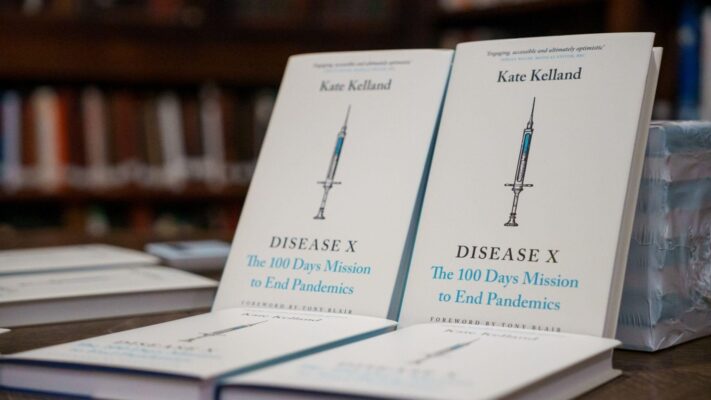
What has been learned from the COVID-19 pandemic in terms of what was done well and where did the system fall short?
Kate Kelland: One of the most important lessons from COVID-19 has been that this is the kind of threat that we can deal with multilaterally. Viruses do not respect borders, so any adequate response must have global cooperation and equity at its heart.
We also learned that the people, governments and communities that were prepared were also able to move fast and take bold decisions early on. All the measures that were brought in to contain the spread of this disease are more effective if they are taken early. Those who moved fast and early generally fared better than those who delayed or dithered before taking action.
We can now see clearly that being ready and alert to the next infectious disease threat can help put us one step ahead of it. Building early warning systems and preparing countermeasures such as prototype rapid response vaccines in advance — just as we do to shore up national security amid the threat of conflict and hostility from other countries — is critical to global health security.
Did Covax ‘work’? Do you think governments are capable of moving beyond vaccine nationalism?
KK: COVAX was created on the fly, in the midst of a fast-moving and deadly pandemic, and had no initial financing, mandate or structure. It was a world first. Ultimately, and despite its pioneering beginnings, COVAX ended up supporting the development of 14 candidate vaccines against a disease the world had never seen before, facilitating access to 11 safe, effective and approved COVID vaccines, raising a total of almost $14 billion in funding and delivering 1.85 billion vaccine doses to 146 countries around the world.
So while there is no doubt that it could have achieved more, there is also no doubt that the world was better off for the existence of COVAX and that millions of lives were saved by the vaccines it helped develop, procure and distribute.
Sadly, vaccine nationalism is likely to be a recurrent problem in the face of epidemic and pandemic threats. We saw it in 2009-2010 with H1N1 swine flu, and we saw it again in 2020-2023 with COVID-19. COVAX was a laudable attempt to pre-empt and overcome some of the worst consequences of vaccine nationalism. To do that more effectively in future pandemic threat scenarios, we need to start working now on creating a fully financed and poised vaccine-sharing system that can be swiftly put into action when the next Disease X emerges.
What must be done now, by whom, to prepare for future pandemics?
KK: We all need to recognise that the threat of pandemics is one of the most significant threats facing the world today. Just as importantly, we need to recognise that this threat is something humanity now has the capacity to take on, minimise and even eliminate altogether if we tackle it correctly.
The challenge for leaders around the world is to choose to make bold but relatively modest investments now into creating disease defences that will protect global health security and ultimately avoid the tens of millions of lives and trillions of dollars that COVID cost the world.
Governments and industry need to invest in the scientific research and development work that is needed to create a library of prototype vaccines and a bank of scientific knowledge about as many as possible of the 25 or so viral families we know harbour the greatest potential pathogenic threats.
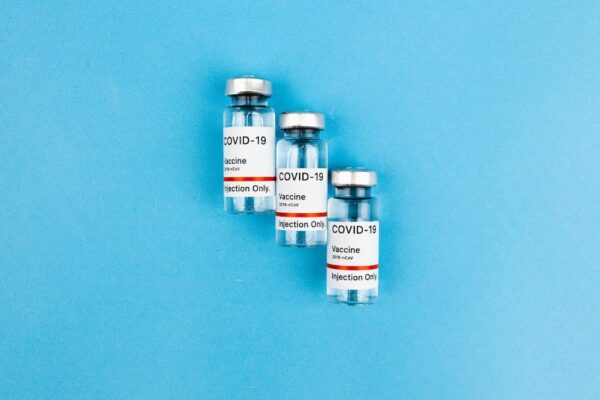
They need to invest in scaling up production capacity in all areas of the world so that if and when there is a need to rapidly produce billions of doses of vaccines or treatments against a newly emerging epidemic disease, that can be done as close to the outbreak’s epicentre as possible to give the greatest chance of containing it before it spreads.
And they need to invest in surveillance and early warning systems that will alert the world swiftly to the emergence of a new potential pandemic threat.
It’s important to see that we’re not talking about massive sums of money here. As I say in DISEASE X, compared with the trillions of dollars companies and countries spend on building and maintaining cybersecurity systems, or fleets of drones, fighter jets, submarines and tanks, the amount we need to invest in being properly prepared to face down the next pandemic threat is budget dust.
And, as we’ve just witnessed in the most unequivocal example, not investing is a deadly gamble that can go badly wrong.
Are you more or less optimistic about the capacity of the global health system to respond to a future Disease X?
KK: The global health system is currently configured to produce exactly the outcome it did in response to COVID-19 – an unequal, faltering and fragmented one. But serious efforts are now underway to reform that system, and I’m very encouraged by that.
I’m a realistic optimist by nature, and DISEASE X is ultimately a story of hope, so I’d say I’m at the least hopeful that the global health system will respond more quickly and more effectively to a future Disease X pandemic threat.

This is not business as usual. It’s going to require a shift in mindset across global health industries and governments that seizes the opportunity to properly protect humanity against these threats.
How swiftly could vaccines against a novel Disease X be developed, approved, produced and distributed?
KK: We have the scientific know-how and capability to develop new vaccines against a novel disease – depending on its complexity of course – within a very short time indeed, a matter of weeks.
With the new so-called ‘plug and play’ rapid response vaccine platforms using viral vector and mRNA technologies, new viruses can be inserted within hours of their genetic code becoming available. The most promising of those constructs can then go into swift production so that candidate vaccines can be developed, tested and made ready for larger scale manufacturing if they are needed. This is a highly complex task, but one that can be done swiftly if we put in all the preparation work.
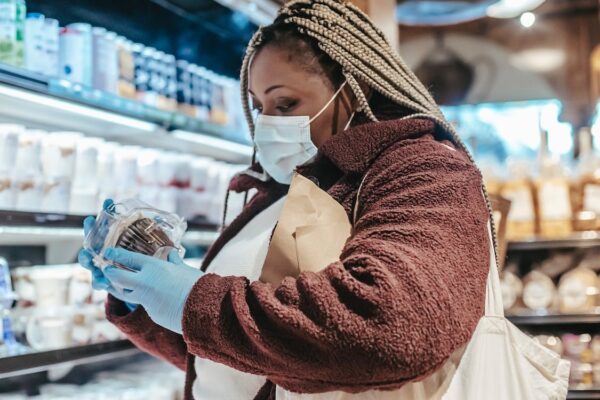
We’ve seen examples even since COVID of other new or re-emerging diseases beginning to cause worrying outbreaks or epidemics, and in those cases we have already witnessed what these new levels of speed and innovation can achieve.
In the case of mpox, which began spreading in an international epidemic in the spring of 2022, there were already smallpox vaccines in the global ‘library’ that were effective against this relatively new disease from the orthopoxvirus family. When the alarm was raised about the fast-spreading mpox outbreak, vaccine production was scaled up and doses were deployed in countries that wanted them within weeks.
In the case of Sudan Ebolavirus, which is far more deadly than mpox and which caused an outbreak in Uganda in late 2022, we were able to take candidate vaccines that had already been through safety trials and get them ready in sufficient numbers to be able to ship to Uganda ready for planned clinical trials within 79 days. That’s well within the aspirational timeline of the 100 Days Mission.
The book is relatively light on the topic of vaccine confidence/hesitancy/acceptance. Is this something that requires attention and investment, particularly as public concerns about the speed of vaccine development (as seen with COVID-19 vaccines) would likely be more acute if vaccines were developed in 100 days?
KK: Increasing understanding of the safety and science behind vaccines is one of the reasons I wrote the book. The only real way to counter the misinformation and disinformation that fuels vaccine hesitancy and scepticism is through accessible, clear and accurate information.
For a start the increase in pace that we see with the development and deployment of vaccines under the 100 Days Mission does not at all come at the cost of safety. There are no shortcuts on safety testing in vaccine development, and there are none in the 100 Days Mission.
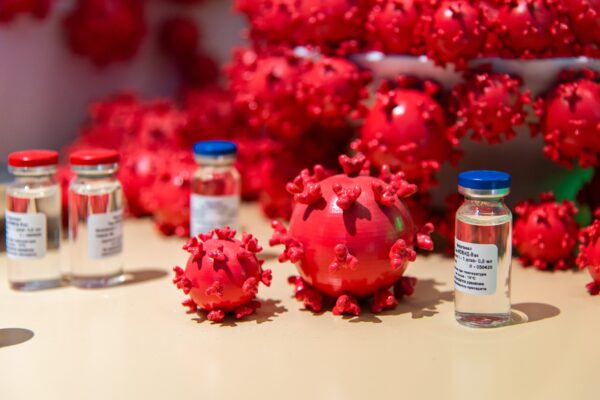
Achieving the 100-day timeline is mostly about having done the vast majority of the innovation and scientific preparatory work beforehand. That’s what the vaccine library would be—a bank of thoroughly safety-tested vaccine candidates created on thoroughly safety-tested rapid response platforms across a range of potentially pandemic-producing viral families. Those candidates can be taken off the shelf, adapted if necessary to the novel pathogen, and then produced at scale for swift, safe deployment.
Vaccine hesitancy and vaccine confidence are important issues, indeed, and public trust in authorities leading any response is critical to its success. With the 100 Days Mission, confidence in newly developed pandemic busting vaccines should be high because the vaccines would not be “start from scratch” products but ones based on thoroughly and robustly tested platforms.
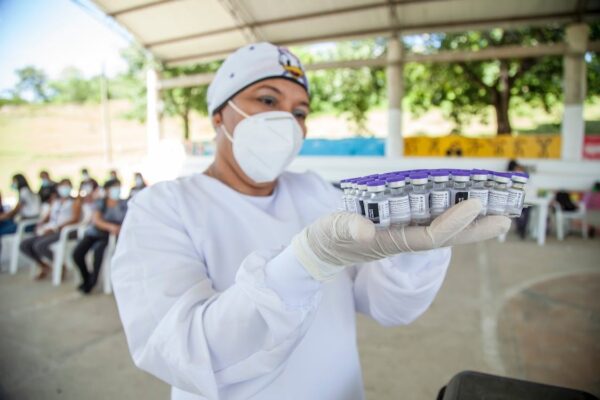
The final chapter of the book is a wonderful fictionalised story of an imagined 2027 outbreak, caused by a novel paramyxovirus, which the world handles well. How far are we away from that being a reality? Why choose a paramyxovirus?
KK: Thank you! I’m so glad you enjoyed the final fictional chapter.
Yes, it is fiction, but it’s not fantasy. I chose to create a fictional new virus that emerges from the paramyxovirus family because the facts already show that this family contains viruses that have various important and worrying traits: contagiousness and deadliness.
Measles is a real paramyxovirus and has the capability to spread between people faster than any viral disease humanity has encountered to date. Nipah is another real paramyxovirus, and it has the capability to get into its victims’ brains and to kill a very high proportion of those it infects. My fictional paramyxovirus is a novel virus that has both these traits at once. Unfortunately, it’s not at all beyond the realms of possibility that such a virus could emerge.
As for the way the world handles the outbreak in DISEASE X’s futuristic final chapter, yes, it’s a fictional happy ending, but it is also, in my view, well within the realms of possibility. What I describe is a world that has learned from the devastation of COVID-19, spent some wise money on getting better prepared and building its defences, and created a system through which countries work together to defend themselves and each other from another COVID-scale event.
I think the world can now do that, don’t you?
DISEASE X – The 100 Days Mission to End Pandemics, written by Kate Kelland with a foreword by Tony Blair, is published by Canbury Press.




Pingback
July 8th, 2023
[…] Disease X: Can the next pandemic vaccine be developed in 100 days? – VaccinesToday (08-03-2023… […]